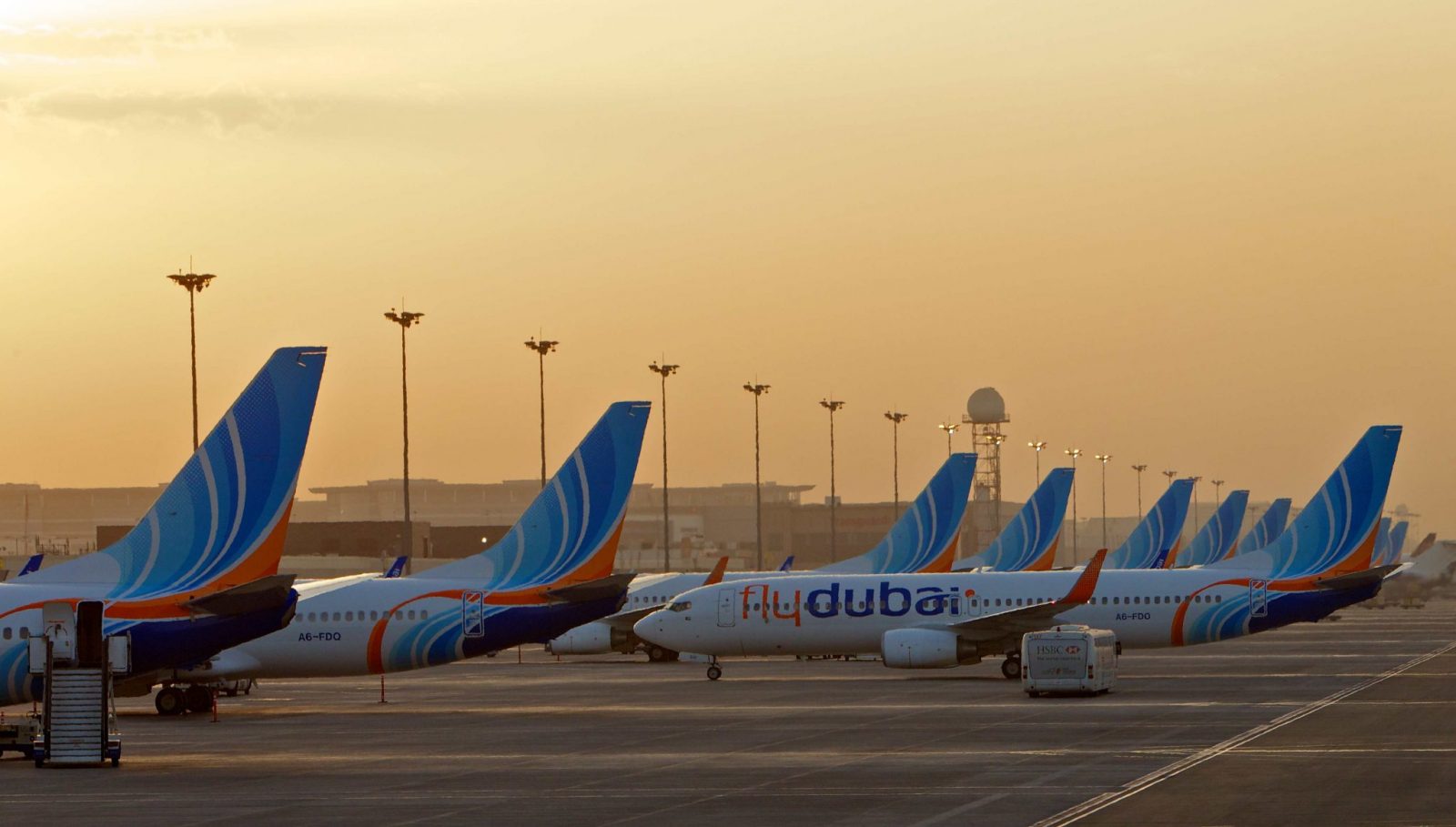
The Dubai-based low-cost carrier, flydubai has just unveiled its full year results for 2016, reporting a modest profit of AED 31.6 million (USD $8.6 million). The results mark flydubai’s fifth consecutive year in the black with increased passenger numbers and an expanded route network.
But as flydubai looks back at its successes, the company has openly acknowledged that the future is looking uncertain. Increased competition and pressures on yield (the amount of money made per passenger) will both make for a difficult year ahead.
Passenger Numbers Up but Yield Down
Passenger numbers reached 10.4 million in 2016 – Up 5.3 million since 2012. But profits haven’t followed so closely as the carrier has been forced to slash prices to keep its aircraft full.
The Chairman of flydubai, His Highness Sheikh Ahmed bin Saeed Al Maktoum, said of the results: “these results see flydubai report its fifth consecutive full-year of profitability. In 2012, our third year of operation, we carried 5.1 million passengers. This year, we have carried 10.4 million passengers demonstrating that flydubai continues to help change the way both business and leisure passengers travel around the region.”
Lower fuel costs in 2016 were a significant factor in helping flydubai achieve a profit last year . One of any airlines biggest costs, fuel accounted for 5.6% less of flydubai’s total operating costs than in 2015.
flydubai Now flies to 90 Destinations in 44 Countries
In its short history, the state-owned airline has expanded quickly – it now flies to 90 destinations in 44 countries and accounts for 28% of all air traffic between Dubai and the GCC and Middle East. Flydubai has created a successful niche, establishing direct air links with 59 new destinations that were not previously served by an airline in the Emirate.

Flying one of the youngest aircraft fleets in the world – with an average age of just 4 years – flydubai took delivery of eight Next-Generation Boeing 737-800 aircraft in 2016. The carrier also plans to be the first airline in the Middle East to fly the new Boeing 737 MAX 8 aircraft when it takes delivery of its first jet in 2017.
2017 Looks Uncertain
But flydubai’s rapid expansion may be set to slow significantly. The carrier doesn’t plan to increase its overall capacity in 2017 as “the short-term capacity needs are adjusted”. Ghaith Al Ghaith, CEO of flydubai commented: “we will remain prudent throughout 2017 as we will continue to operate in a challenging socio-economic environment. Yields will remain under pressure and we expect to report flat growth in the year ahead.”
flydubai will also have to contend with the upheaval of its services to Dubai World Central airport. Although the airline has operated some flights from DWC since 2015, it has remained an unpopular choice with passengers. But as DXB reaches capacity, flydubai is being slowly squeezed out to make room for its full-service sister airline, Emirates. The effect the move might have on passengers numbers is yet to be seen.
There are currently 1,618 cabin crew working for flydubai – all of whom are based in the airline’s home city of Dubai. The carrier is not presently accepting new flight attendant applications. With a flat outlook predicted for 2017, it may be some time before flydubai is in a position to start hiring new crew.
Photo Credit: flydubai
Mateusz Maszczynski honed his skills as an international flight attendant at the most prominent airline in the Middle East and has been flying ever since... most recently for a well known European airline. Matt is passionate about the aviation industry and has become an expert in passenger experience and human-centric stories. Always keeping an ear close to the ground, Matt's industry insights, analysis and news coverage is frequently relied upon by some of the biggest names in journalism.







